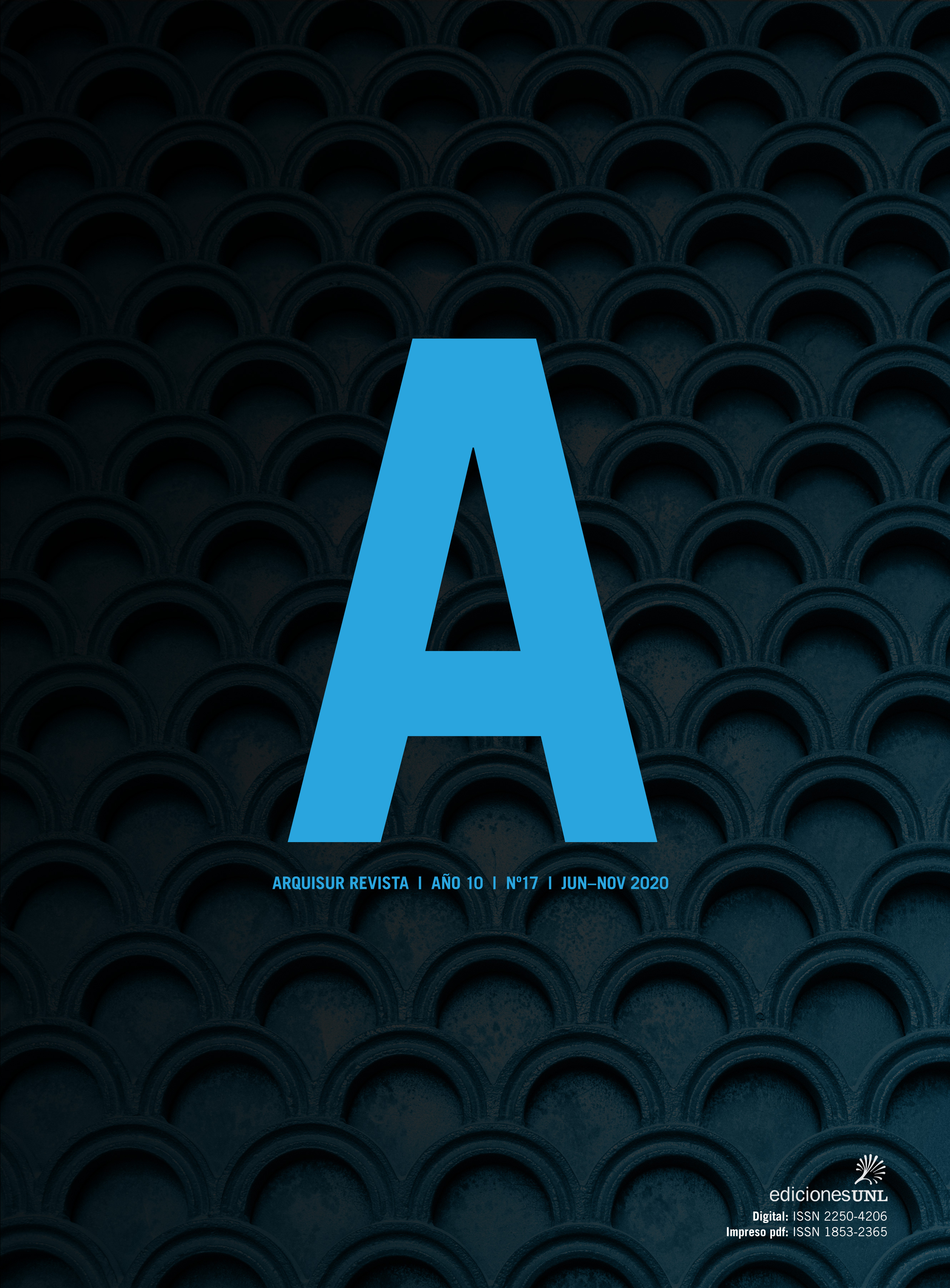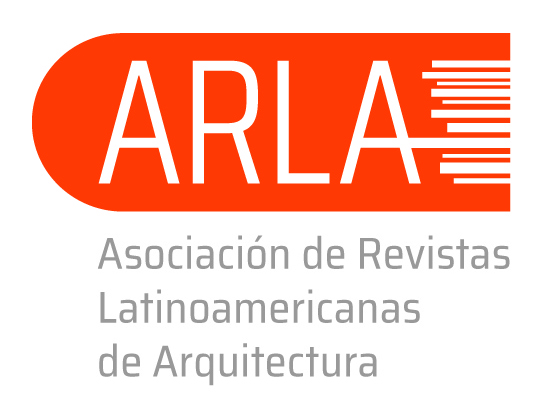The secret of the visible structures
The Parthenon, the Sainte Chapelle and two houses of Mies van der Rohe
DOI:
https://doi.org/10.14409/ar.v10i17.8126Keywords:
structures, architecture of classical greece, gothic architecture, modern architecture, visual communicationAbstract
Spiro Kostof tells in his History of Architecture, how in the eighteenth century there was a theoretical current that advocated the architecture of classical Greece as an example of a rational architecture in which the structure, the columns, behaved as they really should be, that is, functional members of the Architecture, and not decorative elements. These theorists, among whom were Carlo Lodoli or Abate Laugier, encouraged to recover this model, and also the Gothic models, as an example of an honest and essential architecture. But the truth is that when we analyze in depth archetypes of classical Greece or the Gothic, we find something that goes beyond the mere exposition of the structure and its rational use. And we find how these Architectures of visible structure, can actually be models for another type of architecture in which the structure has a rather illusory character. The objective of this article is precisely to discover this secret.
Published
How to Cite
Issue
Section
License
ACCESO ABIERTO
ARQUISUR Revista es una publicación de acceso abierto y sin ánimo de lucro. No se imputan cargos por la recepción, revisión, evaluación, publicación ni acceso a sus contenidos. Se distribuye bajo una Licencia Creative Commons CC Atribución-NoComercial-SinDerivadas 4.0 Internacional (CC BY-NC-ND 4.0): No se permite un uso comercial de la obra original ni la generación de obras derivadas. Esta licencia no es una licencia libre, y es la más cercana al derecho de autor tradicional.
DESCARGO
Los criterios expuestos en los artículos son de exclusiva responsabilidad de sus autores y no reflejan necesariamente la opinión del Comité Editorial ni de la Dirección Editorial Técnica. Los derechos de los artículos publicados pertenecen a sus autores o editoriales. Los autores ceden sus derechos de publicación al Centro de Ediciones de la Universidad Nacional del Litoral de Santa Fe, Argentina.














